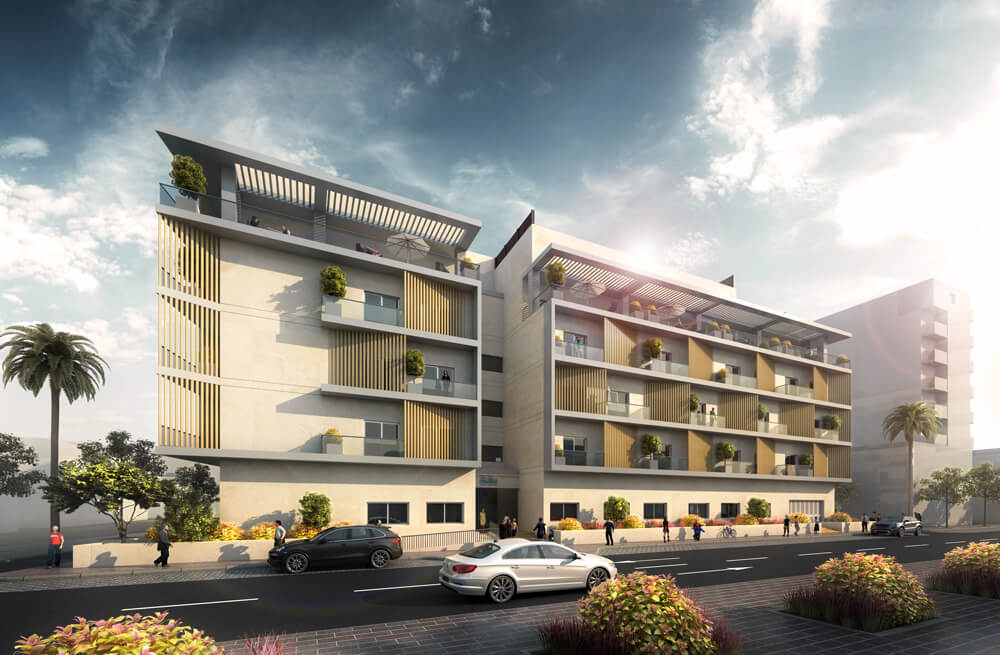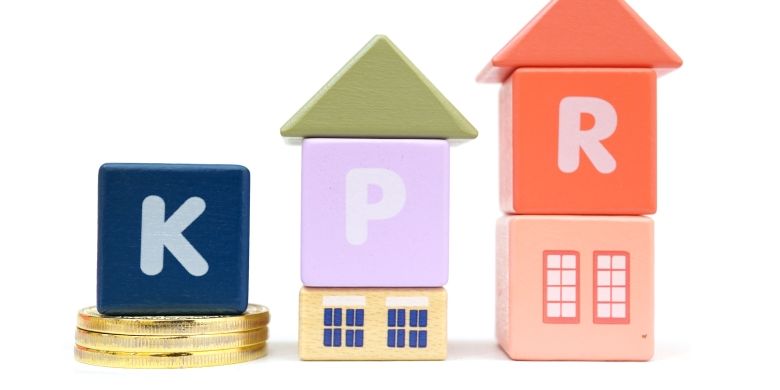
The evolution of smart residences is transforming the way we live, combining technology and knowledge to create homes that enhance comfort, security, and efficiency. As advancements in technology continue to emerge, smart homes are becoming increasingly integrated into our daily lives. This article delves into how technology and knowledge are shaping modern homes, highlighting key features, benefits, and future trends in smart residences.
Understanding Smart Residences

1. Definition of Smart Residences
Smart residences are homes equipped with interconnected devices and systems that can be controlled remotely or operate autonomously. These homes leverage the Internet of Things (IoT) to enhance various aspects of daily living, including:
- Home Automation: Control of lighting, heating, appliances, and security systems from a single interface.
- Energy Management: Optimization of energy usage to reduce costs and environmental impact.
- Enhanced Security: Integrated security systems that provide real-time monitoring and alerts for potential threats.
2. Key Components of Smart Homes
- Smart Devices: Appliances, lighting, thermostats, and security cameras that can be managed via smartphones or voice assistants.
- Home Automation Hubs: Centralized systems that connect and manage various smart devices, allowing for seamless integration and control.
- Sensors and Actuators: Devices that monitor environmental conditions (e.g., temperature, humidity) and respond automatically to changes.
How Technology Shapes Modern Homes
1. Home Automation Systems
Overview
Home automation systems allow homeowners to control multiple devices from a single interface, enhancing convenience and efficiency.
Features
- Remote Access: Users can manage home systems via smartphone apps, enabling control from anywhere.
- Scheduling: Automate routines, such as adjusting the thermostat or turning on lights at specific times.
2. Energy Efficiency Technologies
Overview
Smart residences prioritize energy efficiency, helping homeowners reduce their carbon footprint and lower utility bills.
Technologies
- Smart Thermostats: Devices that learn user preferences and adjust heating and cooling automatically to optimize energy use.
- Energy Monitoring Systems: Tools that track energy consumption in real-time, providing insights for reducing waste.
3. Security and Surveillance Systems
Overview
Enhanced security features are a cornerstone of smart residences, providing peace of mind for homeowners.
Technologies
- Smart Locks: Keyless entry systems that allow users to lock and unlock doors remotely.
- Surveillance Cameras: Real-time video monitoring accessible through mobile devices, providing alerts for unusual activity.
4. Smart Appliances
Overview
Modern appliances are becoming smarter, offering advanced features that simplify daily tasks.
Examples
- Smart Refrigerators: Appliances that monitor food inventory, suggest recipes, and create shopping lists.
- Smart Ovens: Devices that can be preheated remotely and offer cooking assistance through integrated apps.
Benefits of Smart Residences
1. Enhanced Convenience
Smart homes streamline daily routines, allowing homeowners to control their environment effortlessly. Voice-activated assistants and mobile apps enable quick adjustments without manual intervention.
2. Improved Energy Efficiency
The integration of smart technologies leads to significant energy savings. By optimizing usage patterns and providing real-time feedback, smart systems help reduce overall consumption.
3. Increased Security
Smart security systems enhance safety through features like remote monitoring, alerts, and automated responses to potential threats. Homeowners can feel more secure knowing they can monitor their properties in real time.
4. Greater Comfort
Smart residences can create personalized living environments by adjusting lighting, temperature, and entertainment systems based on individual preferences.
Challenges in Implementing Smart Technologies
1. Cost of Implementation
The initial investment in smart technologies can be significant. Homeowners must weigh the long-term benefits against upfront costs.
2. Compatibility Issues
With a variety of devices and platforms available, ensuring compatibility among different smart systems can be challenging. Homeowners may need to invest in hubs or bridges to integrate devices effectively.
3. Privacy and Security Concerns
The interconnected nature of smart devices raises concerns about data privacy and cybersecurity. Homeowners must take precautions to secure their networks and protect personal information.
Future Trends in Smart Residences
1. Increased Integration of AI
Artificial intelligence will play a larger role in smart homes, enabling devices to learn user preferences and automate tasks more effectively.
2. Sustainability Focus
As environmental awareness grows, smart homes will increasingly incorporate sustainable technologies, such as solar panels and energy-efficient appliances.
3. Enhanced Interoperability
Future developments will likely focus on improving interoperability among devices from different manufacturers, creating a more seamless user experience.
4. Health Monitoring Systems
Smart residences may integrate health monitoring technologies, allowing residents to track wellness metrics and receive alerts for potential health issues.
Conclusion
Smart residences represent a significant shift in how we interact with our living spaces. By leveraging technology and knowledge, homeowners can create environments that enhance convenience, security, and efficiency. As advancements continue to shape the future of smart homes, understanding these trends and technologies will be essential for maximizing the benefits of modern living. Embracing the concept of inca residence not only improves individual lifestyles but also contributes to broader goals of sustainability and community well-being.
Read also about Peppers are vibrant and versatile vegetables that come in a variety of colors, shapes, and heat levels. From sweet bell peppers to fiery chili peppers, they are rich in vitamins, particularly vitamin C, and antioxidants that support overall health. Peppers are widely used in global cuisines, adding flavor, spice, and nutritional value to dishes. Whether enjoyed raw, roasted, or cooked, peppers are a delicious and healthy addition to any meal.







